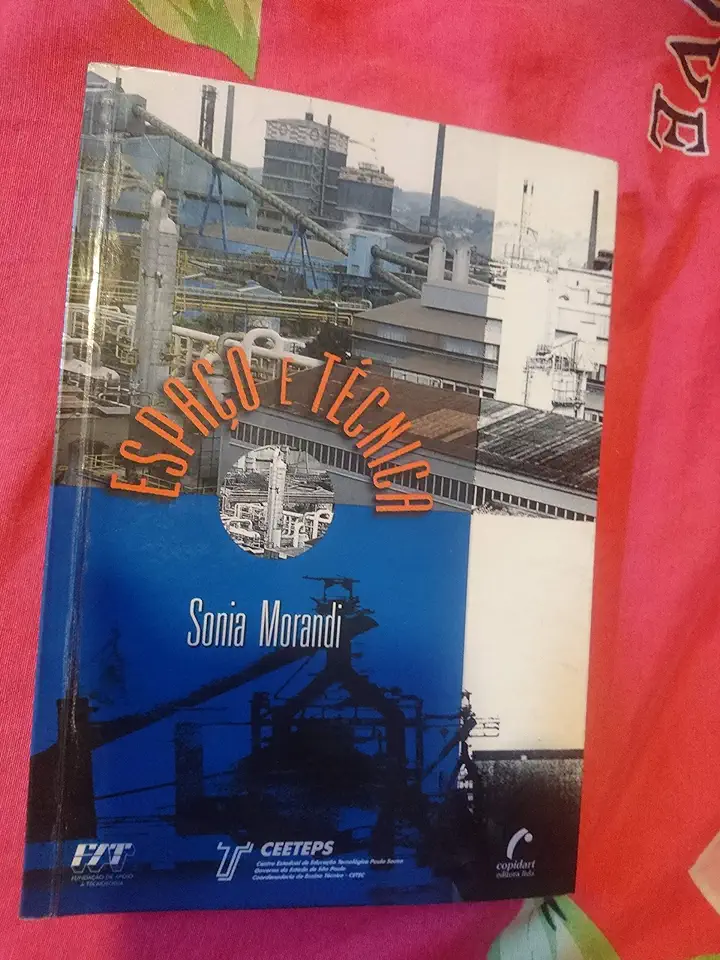
Space and Technique - Sonia Morandi
Space and Technique: A Journey Through the History of Architecture
Introduction
In her book "Space and Technique", Sonia Morandi takes readers on a captivating journey through the history of architecture, exploring the intricate relationship between space and technique. With a keen eye for detail and a passion for the subject, Morandi delves into the evolution of architectural styles, from ancient civilizations to the present day, shedding light on the ways in which technological advancements have shaped the built environment.
Ancient Architecture: The Birth of Space and Technique
Morandi begins her exploration with the earliest forms of architecture, tracing the origins of space and technique to the construction of prehistoric shelters and temples. She examines the ingenious methods employed by ancient civilizations to create monumental structures, such as the pyramids of Egypt and the Parthenon in Greece. These early examples showcase the remarkable achievements of ancient architects and engineers, who skillfully manipulated space and materials to create awe-inspiring architectural wonders.
Medieval Architecture: The Rise of Gothic Techniques
The book then delves into the medieval period, highlighting the emergence of Gothic architecture and its revolutionary techniques. Morandi describes the soaring cathedrals of Europe, with their intricate ribbed vaults and stained glass windows, as testaments to the ingenuity and craftsmanship of medieval builders. She explains how these architectural innovations not only transformed the visual appearance of buildings but also allowed for the creation of vast, light-filled spaces that inspired a sense of awe and spirituality.
Renaissance and Baroque Architecture: The Pursuit of Harmony and Grandeur
Moving forward in time, Morandi explores the Renaissance and Baroque periods, characterized by a renewed interest in classical forms and a pursuit of harmony and grandeur. She analyzes the architectural masterpieces of the Italian Renaissance, such as Brunelleschi's dome for the Florence Cathedral, and the opulent palaces and churches of the Baroque era, exemplified by Bernini's Trevi Fountain in Rome. These periods witnessed a profound understanding of spatial relationships and the integration of art and architecture, resulting in some of the most iconic and visually stunning buildings in history.
Modern and Contemporary Architecture: Embracing New Materials and Technologies
The book concludes with an examination of modern and contemporary architecture, where Morandi showcases the groundbreaking use of new materials and technologies. She discusses the pioneering works of architects like Frank Lloyd Wright, Le Corbusier, and Zaha Hadid, who challenged conventional notions of space and form. These architects pushed the boundaries of architectural design, creating structures that reflected the dynamic and ever-changing nature of the modern world.
Conclusion: A Celebration of Architectural Ingenuity
"Space and Technique" is a comprehensive and engaging exploration of the history of architecture, providing readers with a deeper understanding of the interplay between space and technique. Sonia Morandi's passion for the subject shines through every page, making this book a must-read for anyone interested in architecture, history, or the built environment. With its wealth of knowledge and stunning visuals, "Space and Technique" is an essential addition to any bookshelf and a source of inspiration for architects, designers, and enthusiasts alike.